
 Instagram
Instagram
7 Compelling Reasons to Embrace Glute Stretches

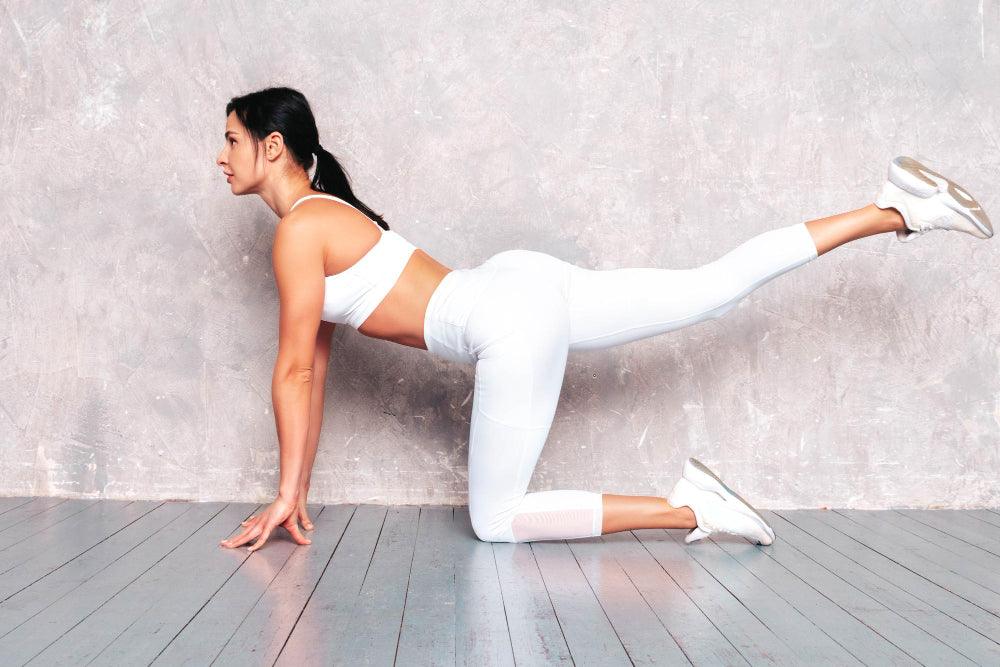
Related products
The gluteal muscles, comprising the gluteus maximus, medius, and minimus, play a pivotal role in the stability, movement, and strength of the lower body. These muscles contribute not only to athletic performance but also to daily activities such as walking, climbing stairs, and maintaining an upright posture. Strengthening and stretching the glutes is crucial for enhancing sports performance, especially for athletes who rely on explosive movements, such as running, jumping, and squatting. According to Dr. Emily Clark, a specialist in physical therapy, "Regular glute stretching can significantly enhance flexibility, reduce pain, and improve functional movement in individuals of all ages."
In addition to glute stretches, incorporating the right sports supplements can aid in muscle recovery and performance. For instance, BCAA supplements are known to help reduce muscle soreness and support muscle repair post-exercise.
Improved Flexibility and Range of Motion
The Role of Glute Stretching in Enhancing Flexibility
Glute stretches are essential for maintaining and improving the flexibility of the hip joints and the surrounding muscles. Flexibility in the gluteal area is crucial for allowing a full range of motion, which is necessary for performing a wide array of movements effectively and safely. Dr. Clark notes, "Incorporating glute stretches into a daily routine can prevent the stiffness and tightness that often contribute to limitations in mobility." Protein Shakes provide the necessary nutrients to fuel muscle growth and recovery. This combination of stretching and supplementation helps athletes perform at their peak and recover more efficiently.
Impact on Daily Activities and Sports Performance
Increased flexibility and range of motion in the glutes can have a profound impact on an individual's daily life and sports performance. For athletes, flexibility in this area enhances the ability to perform explosive movements, such as sprinting and jumping, with greater efficiency and less risk of injury. A study published in the "Journal of Sports Medicine" found that athletes who included glute stretching in their warm-up routines experienced a 15% improvement in their sprint times. This statistic underscores the importance of flexibility in the gluteal muscles for achieving optimal athletic performance.
Enhanced Athletic Performance
The Role of Glutes in Sports and Exercise
The gluteal muscles are fundamentally involved in the power generation and stabilization required for various sports and exercises. "The strength and flexibility of the glute muscles are directly correlated with an individual's ability to perform at a higher level in sports," states Dr. Mark Thompson, a sports medicine specialist. Activities that involve running, jumping, or changing direction quickly rely heavily on the gluteal muscles.
Improvements in Speed, Strength, and Endurance
By stretching the glute muscles, individuals can see notable improvements in their speed, strength, and endurance. This is due to the increased range of motion and reduced muscle stiffness, which allow for more efficient movement patterns. Dr. Thompson adds, "Regular glute stretching can lead to significant enhancements in performance metrics across a range of sports."
Reduction in Lower Back Pain
Connection Between Tight Glutes and Lower Back Issues
Tight gluteal muscles can contribute significantly to lower back pain, a common complaint among the general population. The glutes and the lower back are part of a kinetic chain, where dysfunction in one area can lead to issues in another. Dr. Lisa Huang, a specialist in rehabilitation medicine, explains, "Tight glutes can cause an anterior pelvic tilt, leading to increased strain on the lower back. Stretching these muscles can help alleviate this strain."
In addition to regular glute stretching, supporting your body with the right sports supplements can enhance performance and recovery. For example, MyProtein Creatine Monohydrate 500g has been shown to improve muscular strength and endurance, potentially easing the strain placed on your lower back during heavy lifting. Another excellent option is AllNutrition Alldeynn Collarose Raspberry Wild Strawberry 300 Grams, which can help maintain muscle function and prevent cramping during intense physical activity, supporting overall body performance.
Evidence and Examples Demonstrating Pain Alleviation
Several studies have demonstrated the effectiveness of glute stretches in reducing lower back pain. For instance, a clinical trial published in the "International Journal of Rehabilitation Research" reported that participants who engaged in a six-week program focusing on glute stretching experienced a 40% reduction in lower back pain symptoms. This evidence highlights the significant role that glute flexibility plays in managing and preventing lower back pain.
To further support recovery, Now Foods ZMA Sports Recovery, contains Zinc, Magnesium, and Vitamin B6, three essential nutrients that work synergistically to support your body's natural recovery processes. For a post-workout recovery, NutriSport Crossfit are an excellent option for providing the necessary nutrients to fuel muscle recovery and enhance flexibility benefits.
Improved Posture
The Relationship Between Glute Strength, Stretching, and Posture
Glute strength and flexibility are fundamental to maintaining good posture. Weak or tight gluteal muscles can contribute to postural imbalances, such as anterior pelvic tilt, which can lead to an exaggerated lumbar curve and poor posture. Dr. Sarah Bennett, a physiotherapist specializing in musculoskeletal health, states, "Strengthening and stretching the glute muscles are crucial steps in correcting postural imbalances and ensuring spinal alignment."
Correcting Postural Imbalances and Reducing Strain
Regular glute stretching can alleviate the strain on the back and hips, often caused by prolonged sitting or standing in incorrect positions. By enhancing flexibility in the gluteal region, individuals can achieve a more neutral pelvic position, which is vital for proper posture. "Incorporating glute stretches into daily routines can lead to noticeable improvements in posture and a reduction in discomfort," Dr. Bennett adds. This practice not only aids in correcting postural imbalances but also minimizes the risk of developing chronic conditions related to poor posture.
Injury Prevention
The Role of Tight or Weak Glutes in Body Injuries
Tight or weak glutes are a common cause of injuries in athletes and the general population. These conditions can alter lower limb mechanics and place excessive stress on other body parts, such as the knees and lower back, leading to overuse injuries. "The glutes play a pivotal role in lower body stability and movement. When they are not functioning optimally, it can lead to compensatory patterns that increase injury risk," explains Dr. James Peterson, an expert in sports injuries.
Preventative Measures and the Role of Glute Stretches
Preventative care routines that include glute stretching can significantly reduce the risk of injuries. By improving the flexibility and strength of the gluteal muscles, individuals can ensure better alignment and movement efficiency. "Regular glute stretching should be a key component of any injury prevention program," advises Dr. Peterson. This approach not only helps in preventing injuries but also enhances overall performance by ensuring that the glute muscles are adequately prepared for physical activity.
Enhanced Circulation
Benefits of Improved Blood Flow from Stretching
Stretching, including glute stretching, has been shown to improve circulation, facilitating better blood flow to the muscles and surrounding tissues. Improved circulation aids in the delivery of oxygen and nutrients, which are vital for muscle repair and health. "Enhanced blood flow as a result of stretching can significantly contribute to muscle recovery and reduce the accumulation of lactic acid," notes Dr. Karen Lee, a cardiovascular specialist.
Specific Benefits for the Glutes and Surrounding Areas
The gluteal region, being a large muscle group, benefits greatly from improved circulation through stretching. This not only aids in recovery post-exercise but also contributes to overall muscle health and function. Dr. Lee further explains, "Regular glute stretching can lead to improved venous return and lymphatic drainage, promoting overall health and facilitating quicker recovery times." This aspect of stretching is particularly beneficial for individuals engaged in regular physical activity, as it supports both performance and recovery.
In sum, the inclusion of glute stretches in a regular health and fitness regimen offers multiple benefits, from improved posture and injury prevention to enhanced circulation. These practices support not only the health and functionality of the gluteal muscles but also contribute positively to overall well-being and physical performance.
Stress Relief and Mental Well-being
Mental Health Benefits of Physical Activity
Physical activity, including stretching exercises, has been widely documented to offer significant mental health benefits. Engaging in regular physical activity can help reduce symptoms of depression and anxiety, improve mood, and enhance cognitive function. "The psychological benefits of physical activities such as stretching are often underestimated. These activities can serve as a powerful tool for managing stress and improving mental well-being," remarks Dr. Angela Foster, a psychologist specialising in the relationship between exercise and mental health.
Glute Stretches as a Form of Relaxation
Glute stretches, in particular, can be an effective method for relaxation and stress relief. The act of stretching can help release muscle tension, which is often a physical manifestation of stress. Moreover, focusing on the stretch and one's breathing can have a meditative effect, allowing for a moment of mindfulness that contributes to mental well-being. Dr. Foster advises, "Incorporating glute stretches into your daily routine can provide a simple yet effective way to take a mental break and reduce stress."
Practical Tips for Incorporating Glute Stretches
When to Stretch
For optimal benefits, glute stretches should be incorporated into both pre- and post-workout routines as well as part of a daily stretching regimen. Stretching before exercise can prepare the muscles for activity and potentially reduce the risk of injury. Post-workout stretching can aid in recovery and reduce muscle soreness. Additionally, performing glute stretches during breaks in your daily routine can help alleviate the stiffness associated with prolonged sitting.
Recommendations for Specific Glute Stretches
Several effective glute stretches can be easily integrated into your routine:
- Piriformis Stretch: Sit on a chair and cross one leg over the other knee. Gently lean forward while keeping your back straight. Hold for 15-30 seconds, then switch legs.
- Seated Spinal Twist: Sit on the floor with your legs extended in front of you. Bend one knee and place the foot on the outside of the opposite knee. Twist your torso towards the bent knee, using your arm for leverage. Hold for 15-30 seconds, then switch sides.
- Hip Flexor Stretch: Kneel on one knee with the other foot in front, flat on the ground, creating a 90-degree angle with both knees. Push your hips forward until you feel a stretch in the front of your hip. Hold for 15-30 seconds, then switch sides.
It is important to perform these stretches with care to avoid injury. Do not push yourself beyond your comfort level, and focus on maintaining steady, deep breaths throughout each stretch.
People Also Ask
Why is it important to stretch your glutes?
Stretching your glutes is important for several reasons: it improves flexibility and range of motion in the hips, which is essential for maintaining proper posture and alignment. This can help reduce the risk of injury, alleviate lower back pain, and improve overall mobility. Stretching the gluteal muscles can also relieve tension and stiffness, contributing to better movement efficiency and comfort during physical activities and daily tasks.
What are the benefits of lying glute stretches?
Lying glute stretches offer specific benefits due to their positioning, which allows for a more relaxed state and better control over the stretch intensity. These benefits include targeted stretching of the glute muscles without placing strain on the lower back, promoting relaxation and stress relief through a comfortable position, and the ability to focus on breathing, enhancing the stretch's effectiveness. Lying stretches can be particularly beneficial for individuals with limited mobility or those recovering from injury.
What are the top reasons to train glutes?
The top reasons to train glutes include improving overall strength and stability, which supports a variety of movements and athletic performance. Strong glutes can help prevent injuries by ensuring proper alignment and movement patterns, reduce the risk of lower back pain by providing support to the lumbar spine, and enhance the efficiency of other movements, such as lifting, running, and jumping. Additionally, glute training can improve posture and contribute to a balanced, well-proportioned physique.
Can stretching grow glutes?
Stretching alone cannot directly increase the size of the glutes. Muscle growth (hypertrophy) requires resistance training that challenges the muscles, leading to muscle fiber repair and growth. However, stretching can complement a glute training program by improving flexibility and range of motion, allowing for more effective execution of strength exercises. Stretching can also aid in the recovery process, potentially leading to better muscle growth over time when combined with appropriate resistance training.
Conclusion
In conclusion, the benefits of incorporating glute stretches into your wellness routine are manifold, encompassing improved flexibility, enhanced athletic performance, reduced risk of injury, and contributions to mental well-being. As highlighted, regular glute stretching can correct postural imbalances, prevent lower back pain, improve circulation, and offer a simple yet effective means of stress relief. By integrating glute stretches into your fitness or wellness routine, you can support not only your physical health but also your mental well-being. This holistic approach to health underscores the importance of maintaining an active lifestyle that includes targeted stretching exercises for improved quality of life.





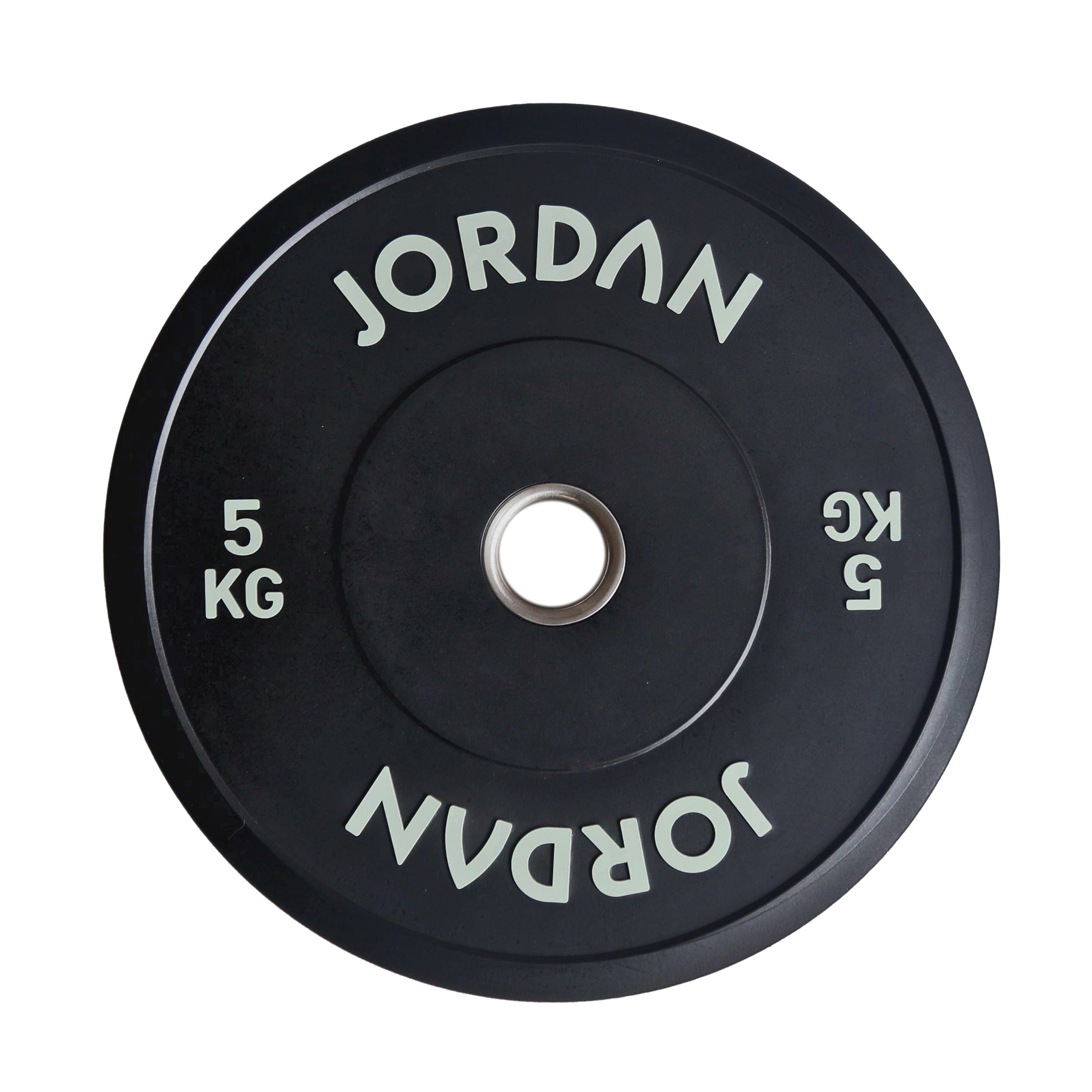
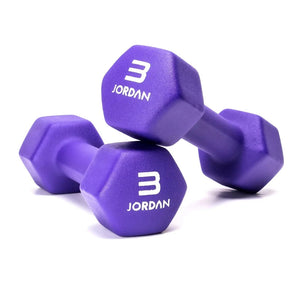

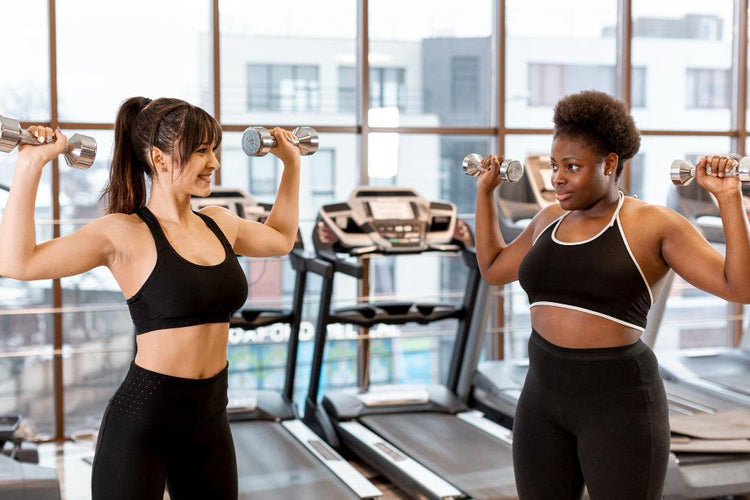
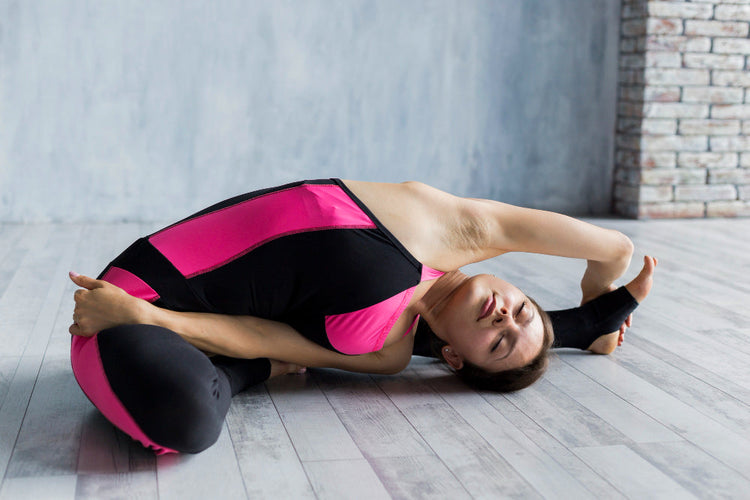
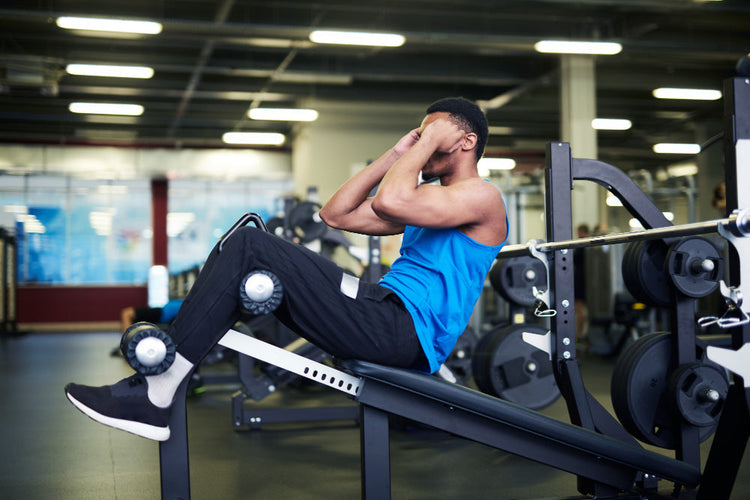

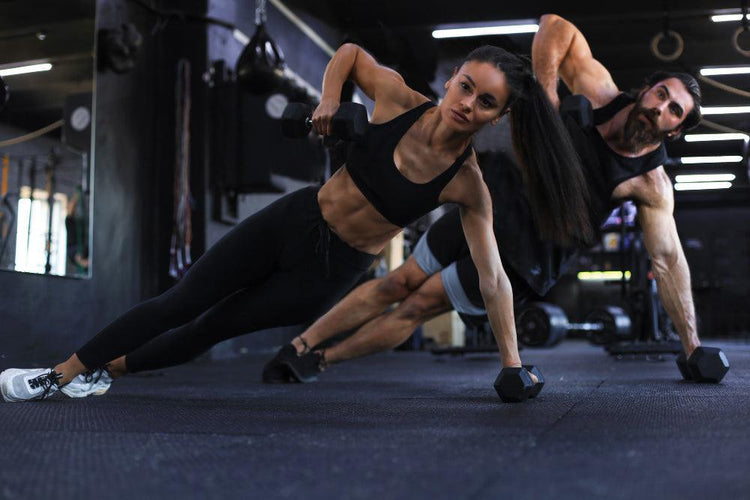
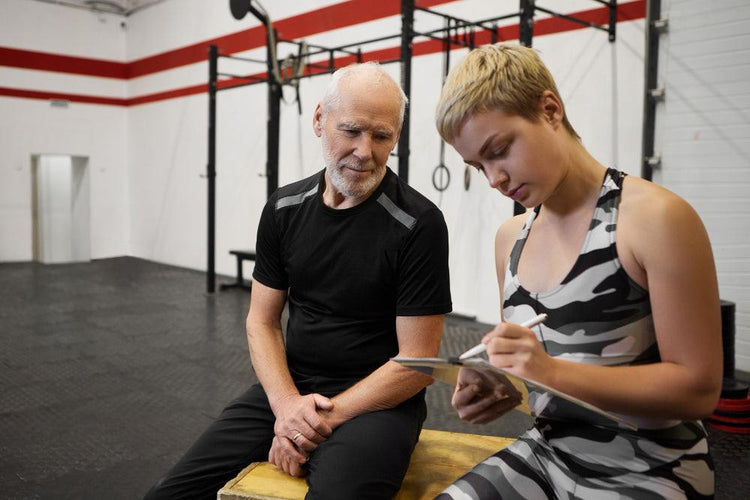

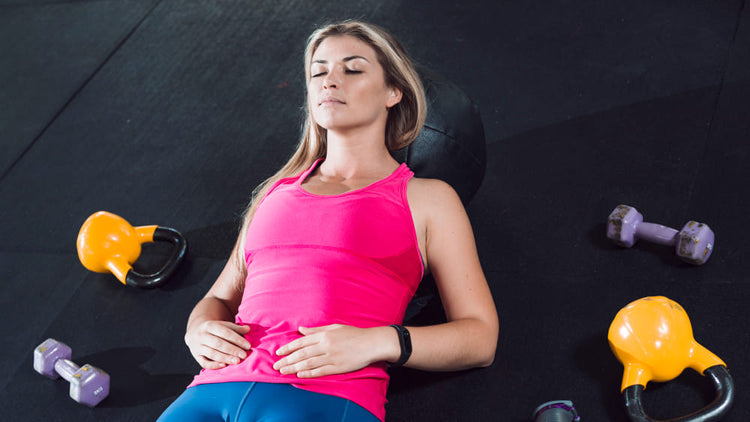
 Rated Excellent by 26,523+ Reviews
Rated Excellent by 26,523+ Reviews